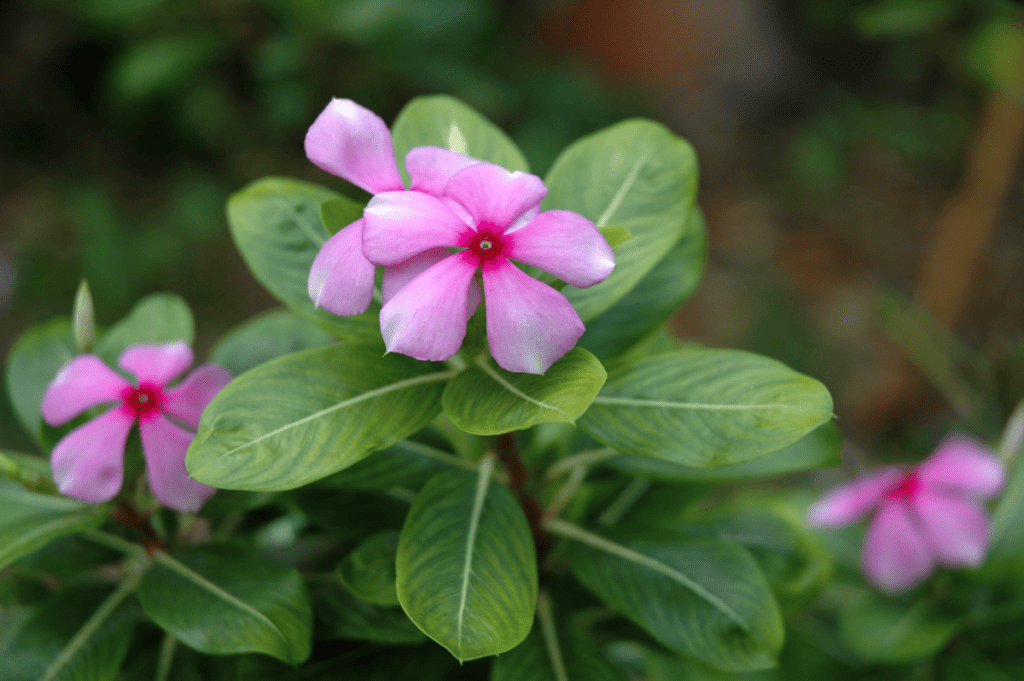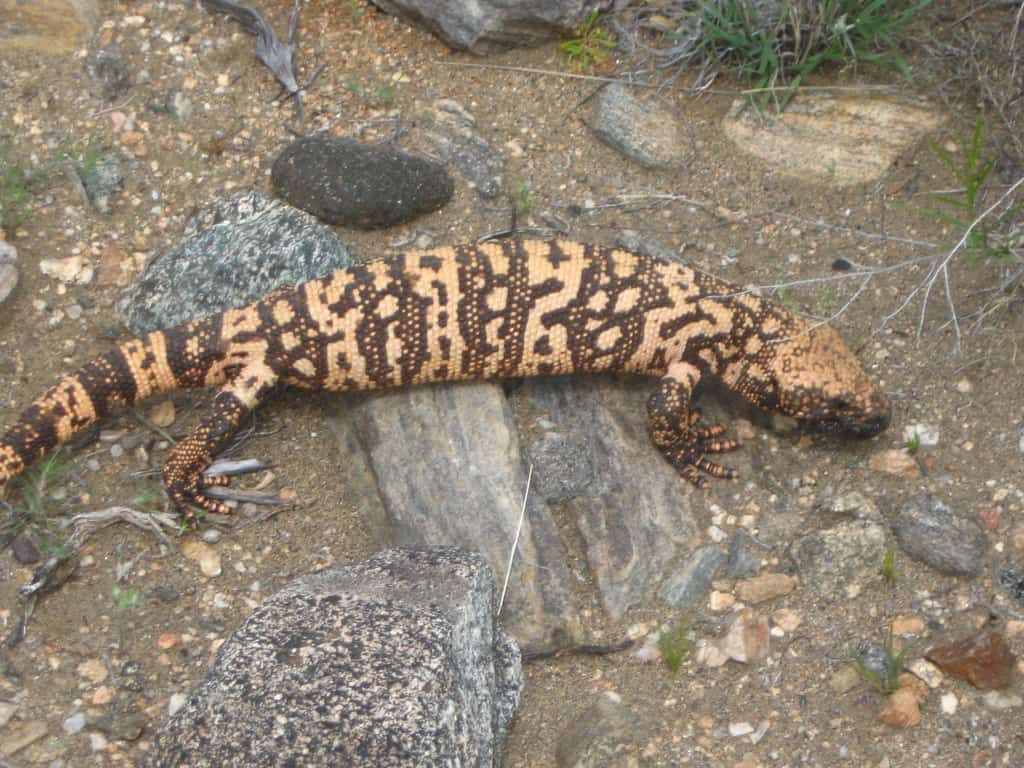Forests are unique and valuable ecosystems. They provide many goods and services and their benefits apply well beyond their borders, as forests play a critical role in sustaining people and the planet. One of the most important aspects of forests is that they are rich sources of biodiversity, meaning that the number and variety of plant, animal and microbial species living there is estimated to be around the highest of all land areas. It is estimated that 80% of terrestrial species reside within ecosystems supported by forests – even though they represent less than one third of global land cover.
Even with this understanding, humanity is falling short in its bid to conserve the world’s forests. The Food and Agriculture Organization of the United Nations warns that deforestation and forest degradation have been occurring at “alarming rates” with 10 million hectares of global forest cover disappearing each year. For context, Trinidad and Tobago measures 513,000 ha of total land space. This would mean the world is losing a quantity of forest cover equivalent to 20 land masses the size of Trinidad and Tobago annually. Humanity may never truly understand the consequences of this loss as much of the diversity of forests remains unknown or undocumented.
One of the most important commodities from forests, particularly tropical forests, are pharmaceutical products. With the increasing impact of diseases, including zoonoses (diseases transferred between animals and humans), on the global population, the need for improved or new treatments is critical. Traditional knowledge of medicinal plants or animal products goes as far back as history can recall. In ancient Egypt, for example, records dating back to over 3,500 years ago show 700 different medicinal plants were used for medicinal purposes.
Today, more than 4 billion people still rely on this on this type of knowledge for healing, especially women and indigenous or rural communities for whom access to medical care may be otherwise inaccessible. Across the continents of Africa and Asia, many communities still rely heavily on forest-derived plants and animals and consult traditional medicine healers in lieu of formally trained medical practitioners. The efficacy and safety of such practices is sometimes debatable but for many, this remains the only type of healthcare they can access. Even formally trained doctors believe in them, as for example over 60% of surveyed doctors in Trinidad in 2005 approved their use for certain conditions.
Caribbean Cures
In Jamaica, as in many other countries, the use of the Rosy Periwinkle Plant (Cathanthus roseus) is common for diabetes. This plant has over 90 known metabolites which are used globally to treat a range of ailments from cancer to hypertension. A study focusing on patients reporting to 17 health clinics in Trinidad for diabetes mellitus treatment, found that “bush medicine” was used by 24% of them for diabetes. Most (81%) of respondents gathered the plants for themselves and these include “caraili, aloes, olive-bush, and seed-under-leaf” for diabetes.
In Trinidad, an ethnobotanical study showed 917 plants were used by 450 rural households surveyed. The reported ailments ranged from kidney stones, asthma, fever and reproductive disorders to the common cold. One plant called “Shandilay” (Leonotis nepetifolia) was cited over 77 times for having five different uses. Other popular plants revealed by the study included “Zebapique”, “ Lemon Grass”, “Caraille” and “Vervine.”
The application of these medicinal products is not only for human use, but veterinary as well, as livestock and pets are sometimes given herbal remedies by their owners. In Brazil, the intestines of a species of frog is used as an antiparasitic agent for horses. An ethnoveterinary study conducted in Trinidad indicated that eight locally sourced plants were used in pig farming, 17 for poultry, 21 in ruminant farming, 17 in equine medicine and 20 used for pet and hunting dogs. In dogs the most common uses were for parasite control and digestive ailments and includes the stems, fruits, seeds, leaves and bark of the plants.
Not just plants alone
In addition to the approximately 200,000 plants that provide these lifesaving products globally, animal products such as venom collected from wild snakes, lizards, frogs and insects are also used in treatment of various conditions. In the field of entomology, work is being done to examine the potential uses of insects for a range of applications like vaccine development.
Many species of frog are already known to provide medicinal compounds, with at least 47 regarded as valuable resources for the harvesting of medicinal compounds. Some frogs produce their beneficial products due to the diets they consume in the wild, which makes it difficult to replicate the effect in captivity. With the looming threats of habitat loss and diseases such as chytrid fungal disease, many species frogs may be lost before they can be investigated.
Another example is the Gila monster lizard, a native to southern America and Mexico. It produces a compound within its saliva that has been used to treat diabetes, as it is similar, but more potent, to a hormone that humans produce in their digestive tracts. The synthetic version of this drug topped $2.4 billion USD in sales in 2016.

The monetary value of the trade is difficult to quantify and some biochemical and pharmaceutical companies spend considerable investments in their ‘bioprospecting”, research and development. However, with major breakthroughs in treatment, this can lead to significant profits for these large corporations. The rosy periwinkle, for example, originates from Madagascar and is often cited as a controversial case for “biopiracy” surrounding the company which first commercially used the plant to isolate and produce compounds for treating cancer and malaria. Similarly for the Gila monster, no profits from the sale of the synthetic drugs have ever been reported to go back into Gila monster conservation.

The ease for which exploitation can occur is notable as customary gathering methods are outpaced by larger scale commercial harvesting, which can be unsustainable, undocumented or illegal. These medicines may be harvested, processed and eventually sold back to the same source countries at a higher commercial mark-up, touted as “modern medicine.” This often triggers debate over who owns the rights to these resources and traditional knowledge, as well as who bears the responsibility of protecting these resources for future generations.
Ensuring that we do not lose what we know
Much of the traditional knowledge of local and indigenous groups is not adequately protected or documented, as it is passed down through generations via oral tradition. The Nagoya Protocol of 2014 aims to address the equitable and fair distribution of access, compensation and benefits, with special consideration to the indigenous and local communities of developing countries as shareholders in this process.
Regionally, one group aims to highlight the use of traditional medicine by compiling an online database. TRAMIL, the Traditional Medicine in the Islands Program, boasts a searchable website which contains both local and scientific names of some plants and their uses (a disclaimer is given that this website is for educational purposes only).
A paradigm shift in the thinking surrounding forests and the true value of the goods and services they provide is needed to support the work of TRAMIL and other stakeholders dedicated to the conservation of our forests for the benefit of future generations. Ultimately, where the demand for such goods, accompanied by the prospect of large financial gains, outweigh the drive to recognise and protect these lands, the loss will continue.
As part of the World Wildlife Day 2021 series, we have teamed up with many amazing organisations who were all generous enough to submit their own articles based on the theme of Forests and Livelihoods. In the upcoming days you can read more from them about our local Moriche Palms, the role of reptiles and amphibians in forest pest control, wildlife trafficking of our forest fauna, the role of forests as providers of ecosystem services, pollination, seed dispersal, conservation and so much more! We are grateful for our partners in this event, not only for their informative and enjoyable submissions but their tireless work in protecting our natural resources so that we and our future generations can continue to enjoy wildlife for many years to come!





